AI and IP
The year is 2k something. You are working at an innovation company in search of new and radical solutions, methods, and approaches that could change the world. For years, you have been producing patentable innovation after patentable innovation with a lot of hard work and devotion. But lately, you have been feeling a bit under the weather. It’s your new companion, X Æ B-13, an unstoppable AI system specifically designed and trained to produce inventions. And let me tell you, it is good. Your company has only bought it from the manufacturer some months ago, it doesn’t get paid nor takes lunch breaks or any other breaks to be honest and is producing non-stop. Every morning, when the boss comes into the office, they say how happy they are they bought it.
However, when it comes to actually securing a patent for one of the AI’s inventions, things do not go so well. You see, patents, according to the law in most countries, are reserved only for human inventions. As a result, if there is not a human “devisor of the invention” the work is considered unpatentable (with the exception of Australia that recently ruled otherwise).
Well, that is a huge issue. Since other forms of protection are not as secure as a patent, with copyright, for example, protecting the specific expression of the concept and not the concept itself, businesses that rely on the acquisition of patents for their survivability will hold back on AI investment, disregarding both scientific progress and the public interest. On the other hand, if another business model arises utilizing the strength of creative computers, the former are doomed to stay behind as they will not be able to compete in terms of either volume or time.
And what if a human was not directly involved? I bet we can just fill in the application in a way to work around this issue.
Actually, this will not be the most profitable option. Not only because it involves a bit of fudging (arguably the AI will not mind so much) but because a challenged patent found to have a false designated inventor will be deemed unenforceable and thus, useless. In addition, since, in most cases, the people programming and training AI systems are not usually the ones who use it, it is hard to appoint a certain person responsible for the invention. Indeed, usually a software development company will be the one putting together a sophisticated machine learning system, which will then need to be trained, probably by another team of people or even another company altogether, and finally a third company will buy it for the purpose of using it to produce the inventions. Not only that, but machine learning systems will most likely produce results not in a way similar to how a human would. As a result, the human “inventor” will not be able to follow the “train of thought” behind it and will not understand “how it got there”.
Solutions to this complex problem involve discussions around a sui generis system of protection for AI created inventions, where a patent is granted with no inventor assigned or utilising the employer exemption as a means of granting ownership to the company or business that uses the system. Some people argue against naming the AI as inventor, some for, and some consider a new patent model with no inventor at all. At the moment, however, since AI is not considered yet a legal person, having rights and obligations, the attention falls to the possible patentability and allocating ownership to the correct people.
Did I say the year is 2022?
These intriguing topics were the points of discussion at the web event held by the Intellectual Property Office (ICO) and The Alan Turing Institute, “AI and IP: An AI Ecosystem Perspective”, with the company of a wonderful team of experts on the subject, exploring the various concerns and possible solutions/approaches and providing food for thought for all attendees and, hopefully, readers of this post.
In an effort to address these issues, ICO has carried out, between September and November of 2020, a call for views on IP and AI, which received 92 responses. To see a summary of those responses and follow the development of this projects (analysis, next steps, forward actions etc) you can follow the link bellow.
Also, if you are interested in diving deeper into the intersection between Artificial Intelligence and Intellectual Property, follow these links for more information:
ICO: Artificial Intelligence and Intellectual Property: copyright and patents
National AI Strategy
https://www.gov.uk/government/publications/national-ai-strategy

